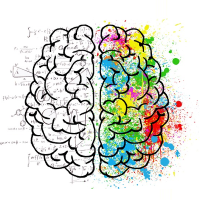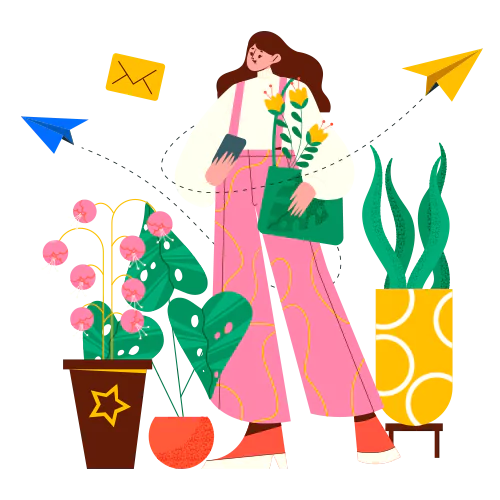The scientific community's attitude towards Neuro-Linguistic Programming (NLP) is, to put it mildly, ambiguous. Some equate NLP techniques to the spells of old midwives, others emphasize their dishonest manipulative potential, while some ardently defend their effectiveness. However, each of us has encountered NLP, if not as a seller or marketer, then certainly as a consumer or buyer.
What is NLP (Neuro-Linguistic Programming)?
The term “neuro” refers to the five human senses: sight, hearing, touch, smell, and taste. The term “linguistic” highlights that information is conveyed to the consumer through language and speech. The term “programming” reflects the directed actions used to influence the audience.
The methods of NLP used in advertising are not new; with minor modifications, they gradually migrated into NLP from psychology. There are many NLP techniques, but most of them are based on four basic methods. In the audience of each of these methods, we recognize ourselves.
Manipulation of values
We all love parents, grandparents, and children. We all feel sympathy for animals and dream of world peace. One of the NLP methods is “adapting” advertising to the eternal values of the audience. For example, almost all Kinder advertising campaigns manipulate the relationship between mother and child. “Everything tasty is for children” says the slogan of the Kinder Pingui campaign. Every second mom will agree with this, every third will remember the ad, and every fourth will buy the cherished bar for their child.
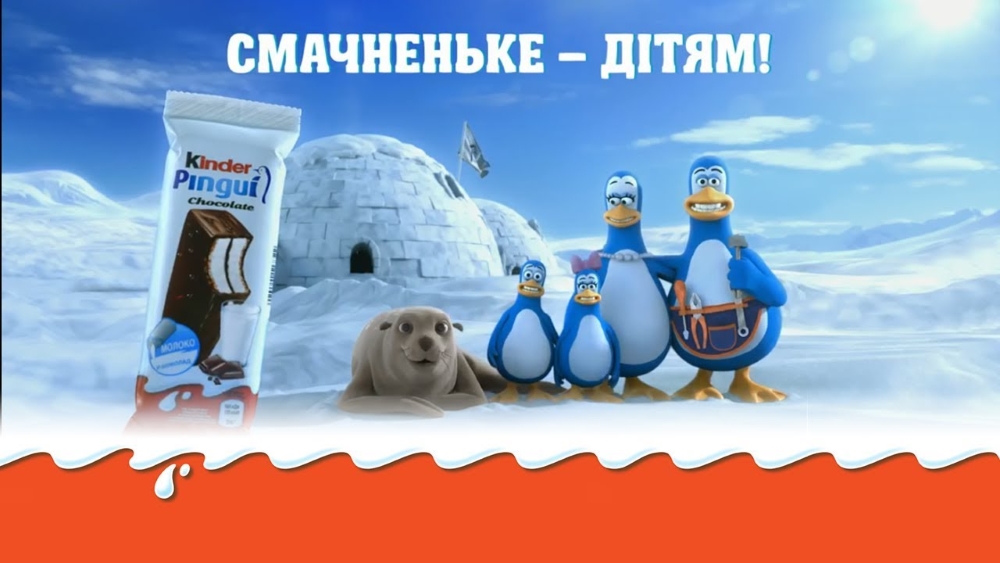
The advertising of “Domik v derevne” milk and “Khlebny Kray” kvass manipulates references to carefree childhood and warm feelings for grandmothers. The “Dobry” juice, “Actimel,” and “Immunelle” beverages appeal to the sense of well-being and calmness in a family atmosphere. Look around: you're constantly being invited to remember childhood, pity kittens, or kiss mom. These references work in promoting many products: from chocolate, yogurt, and beds to plastic windows and mosquito repellent products.
Synesthesia
Synesthesia is the blending of information channels. The goal of the seller is to demonstrate all the characteristics of a product to the buyer—its color, sound, taste, and smell—by engaging all the senses.
Proponents of NLP techniques claim that if you need to sell a baguette, simply demonstrating it to the buyer is not enough. Let the client hear the “crunch of a French loaf,” show the airiness of the crumb, and let them smell the aroma of freshly baked bread—appeal to the client's touch, smell, and tactile sensations.
It's no wonder that, to “lure” customers, items were traditionally given to touch or taste at Eastern bazaars. “Just touch how soft this carpet is, buying is not necessary.” Literally everyone who has begun interacting with the item won't want to let it go.
Synesthesia is often used in television and banner advertisements for products, demonstrating an image that appeals to the viewer's sensory experience. For example, a bottle of kvass is unlikely to evoke many positive associations, but if you see a hot day, a rest by a lake, and a bottle of cold kvass in your hands? This kind of advertising manipulates your sensory experience.
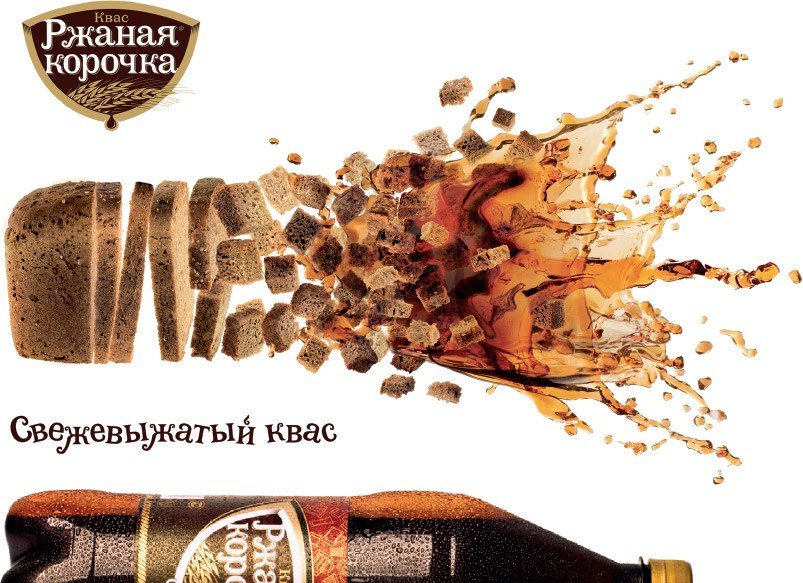
By the way! A similar technique is often used by journalists working on news programs. You see shocking footage that strikes the imagination, while the host “presents” you with information. Due to the overload of the visual channel, this information is perceived as background noise by the auditory channel. While your eyes are analyzing what you see, and your brain is trying to figure out how to react, your hearing “shuts off,” and you accept any information at face value without filtering or thinking about what you hear.
Truisms
Truisms are expressions of commonly known truths, such as “Investing in education is investing in the future,” “Good things often come at a high price,” or “Everyone wants to be happy.” Any potential buyer will nod affirmatively to these statements and subconsciously trust the speaker. They believe that those who say such “correct” words cannot be lying.
Does this technique seem naïve to you? Recall the MasterCard advertisement with the slogan “There are things money can't buy,” or the advertisement for Gala detergent with the claim “You're a great housewife.”
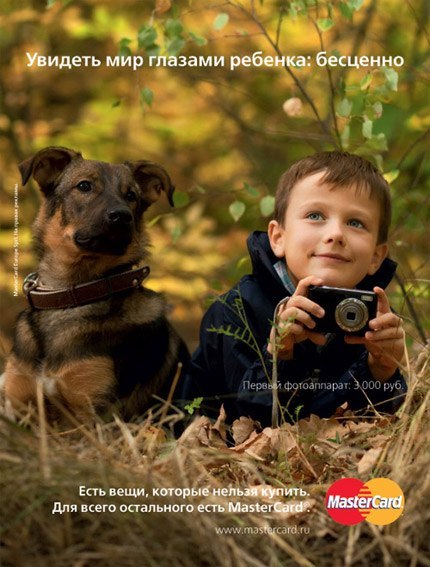
Truisms also include opinions from authoritative experts. Those like “The Ministry recommends” or “British scientists have found out.” Without delving into the origins of any scientific community, we unconditionally trust associations like the “Herring Lovers Association,” “Institute for the Study of Mass Migraines,” or the “Snail Rights Protection Society.”
Closely related to truisms is the so-called “Gypsy hypnosis,” according to which, if a person answers “yes” to three of your questions, they will say “yes” to the fourth. Remember the famous Snickers advertisement: “You're not you when you're hungry.” “Yes,” you subconsciously agree. “Better?” the character asks. “Better!” you unknowingly “nod” along with another character in the ad.
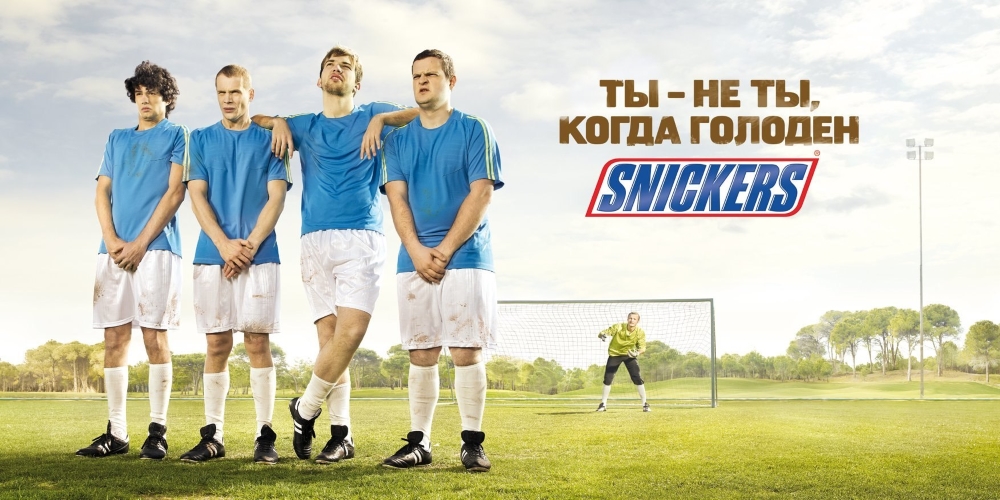
Thought Virus
A relatively new technique that gained popularity on the Internet. A thought virus spreads chaotically from person to person due to its mystery and enigma. Everyone wants to solve the story hidden in the advertisement.
Often, in the way the information is presented, a thought virus is similar to activism and performances. Advertisers intentionally obscure the brand name or hide part of the text, image, or video from the audience.
The famous photo project “Follow Me,” created by Murad Osmann, is a vivid example of a thought virus, which has been used in many advertising campaigns, including Google app advertisements.
Another thought virus advertising campaign was the “#IAmBrand” project for promoting personal brands on the Internet. The creative approach and air of mystery made the project famous in no time.



